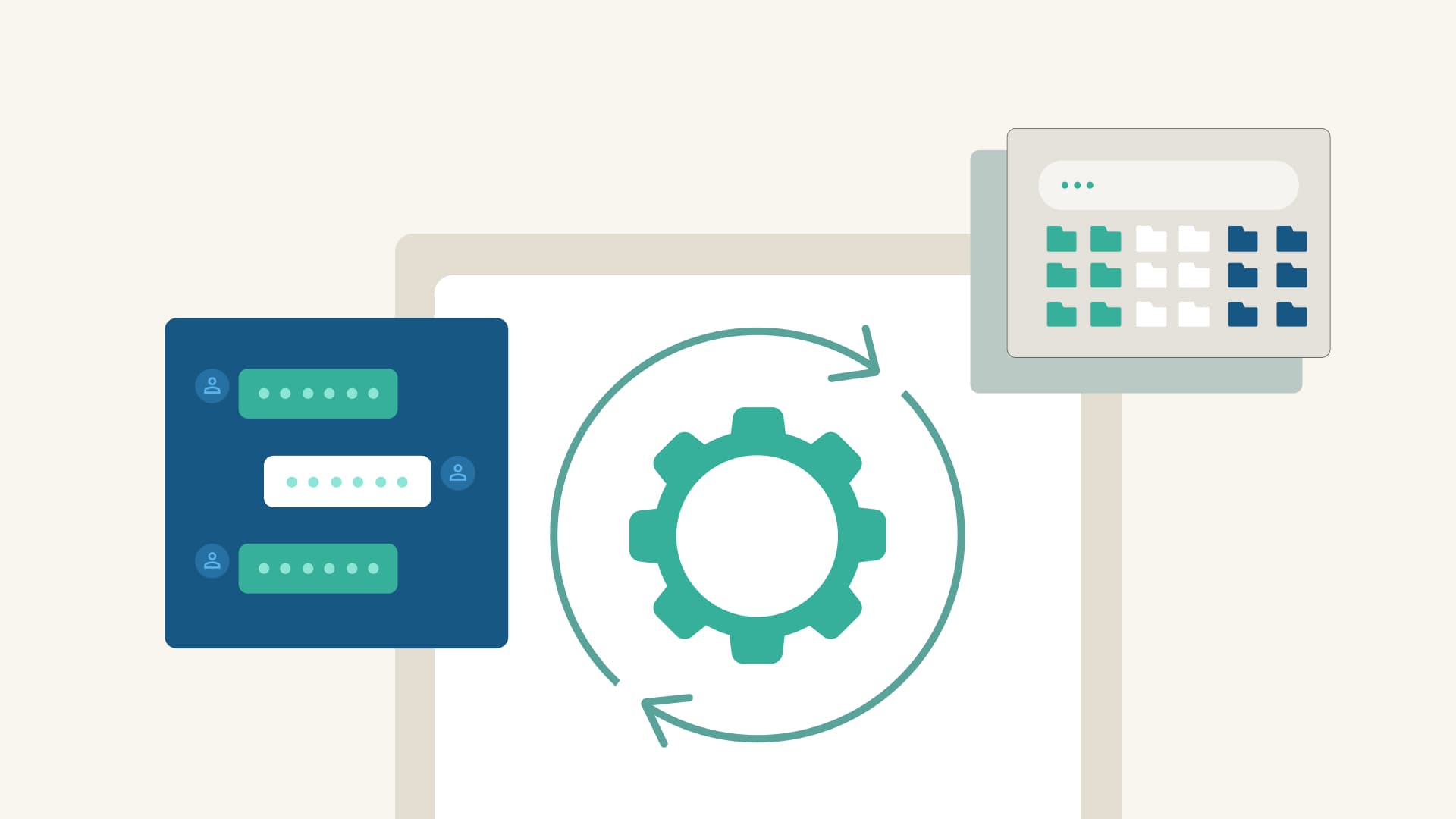Keeping your evidence organized is essential to winning in court. CloudLex offers an easy way to create a medical record summarization for each personal injury case.
A personal injury case generally includes a lot of complex medical information. The best way to organize all this data is through medical summaries. For law firms, these medical summaries play several important roles:
- Enhancing case efficiency
- Improving client outcomes
- Providing clear evidence presentation in court
- Establishing a clear link between the incident and the medical issues that followed
- In workers comp or medical malpractice cases, highlighting negligence or deviations from best practices
- Making it easy for all interested parties to review the relevant medical records
Of course, not all medical summaries are as useful as they could be. To create better summaries, it’s important to understand exactly what they are and how they work. Read on for an in-depth look at these critical legal case management files and some tips to make yours as strong as possible.
Understanding the basics of medical summaries for law firms
A medical summary is designed to tell the story of the client’s medical journey. It should include all diagnoses, treatments, and prescriptions in order, along with information about any tests or imaging studies. All clinical opinions should also be included, whether given by a treating physician, another medical professional, or a third-party expert.
Depending on the specifics of the case, the medical summary may include some or all of the following:
- Police reports
- Workers comp investigation results
- EMS records
- Hospital records
- Insurance claims histories
- Employment records, such as pre-employment physicals or injury reports
- Military records, such as reported injuries and disability status
- Social Security Disability files
- Medical malpractice records
- Pictures and reports from imaging scans or tests
The summary writer should utilize all this data to write a comprehensive report that lays out the entire medical history step by step. In addition, you will need to use legal document management software to put all of the original documents and files in order and connect them to the summary report.
Now that you know what type of information a medical summary should include, how can you ensure you create the best possible summaries? Here are a few tips for creating the ideal summaries.
1. Collect accurate and comprehensive client data
Your summary is only as good as the information you gather. Take the time to sit down with your client and develop a cohesive timeline of which medical professionals they saw, when they saw them, and what tests or procedures were performed. Track down every piece of data, gathering primary source documents and images and carefully following each lead.
2. Focus on relevance and clarity
Complex cases contain a great deal of data, and you don’t necessarily need to include each piece in your summary. For example, your client may have undergone a course of physical therapy. You will find notes for each visit, but these may not be useful. Instead, consider zooming out to a wider view. Note the client’s condition at the beginning of therapy, the stated goals for therapy, and the results.
Minimize medical jargon in the summary report, except when using direct quotes or naming specific conditions. Instead, choose plain language that is wholly accurate but easy to understand. For example, you might name the injury (C5 spinal cord injury) and then explain in simple terms what that means and how it limits your client’s life.
3. Solicit expertise from medical professionals
Always solicit specific medical knowledge from relevant medical professionals. This could be as simple as talking to your client’s treating provider about diagnosis and prognosis or as complex as interviewing third-party expert witnesses.
Never make assumptions, and don’t try to fill in any blanks on your own. And remember that individual clients have different levels of medical knowledge and awareness of their own conditions. Your client can point you in the right direction, but don’t take their word as absolute truth without corroborating evidence.
4. Employ technology and software solutions
Long gone are the days of laboriously writing medical summaries based on reams of physical documents. Today, personal injury software solutions such as CloudLex can streamline and simplify the process. Our all-in-one personal injury case management software helps you organize all of the relevant documents, create and edit your medical summaries, and collaborate with team members, all without leaving our secure, cloud-based platform.
5. Streamline communication with clients and expert witnesses
Ongoing communication is key to successful client outcomes. But with so many threads to follow, it can quickly become unwieldy. Our law firm communications hub makes it easy to organize and categorize all parties related to a specific case. You can then tag relevant contacts in each conversation, creating a comprehensive record for future use.
6. Regularly update and revise medical summaries
Of course, medical summaries are rarely completed on the first pass. Your client may still be undergoing treatments and therapies. Or they might forget to tell you something important. Be sure to revisit each medical summary to revise and update it as needed. Our task management tools allow you to easily set reminders, while our document management features make it easy to revise your summaries without leaving our platform.
7. Ensure confidentiality and compliance
As you know, attorneys are ethically bound to not only avoid disclosing client information but also to work diligently to protect it. Medical summaries are incredibly valuable to you as an attorney, but the information they contain would also be of high value to a potential data thief. Utilizing a fully compliant and secure legal cloud software solution can help ensure that your clients’ most sensitive information remains confidential.
Improve client outcomes with CloudLex
Medical summaries are essential tools for personal injury law firms. They help you tell the client’s story in a succinct and easy-to-follow way. But with so many documents involved, you need a centralized platform to keep everything organized and secure.
CloudLex is the fully HIPAA-compliant, all-in-one personal injury case management software solution you need to organize data and create highly useful medical summaries. We also provide a host of features to help streamline your practice and smoothly move each case from pretrial through final resolution. To learn more, request a demo today.

